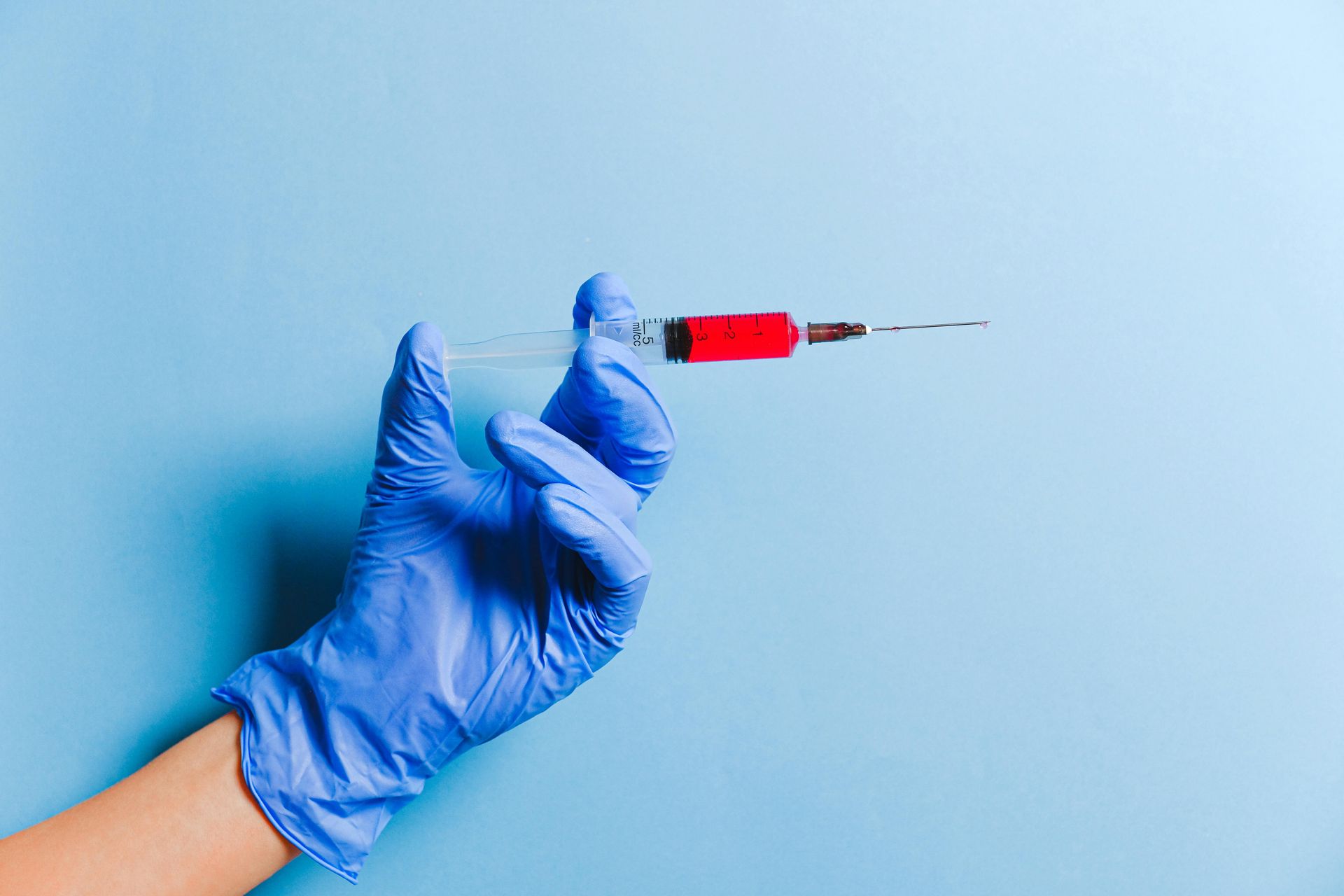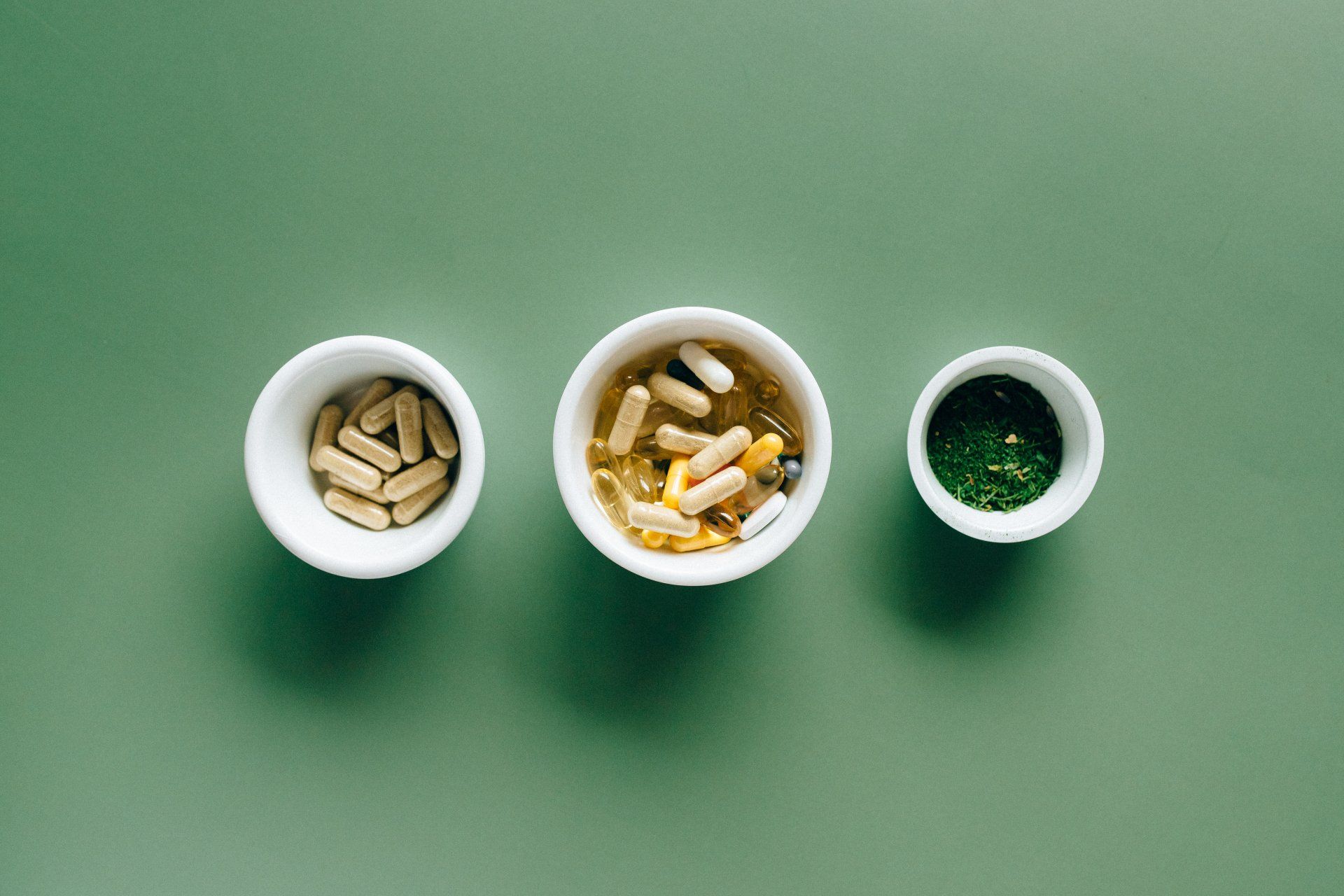
Cardiac Arrest: Causes and Risk Factors
Cardiac Arrest, part 1

The terms "cardiac arrest" and "heart attack" are often used interchangeably, but they are not the same thing.
A cardiac arrest is when the heart stops working abruptly.
A cardiac arrest is an electrical conduction problem. The heart's electrical system stops working as it should and can either go into an ineffective rhythm (the heart is quivering instead of pumping effectively), or the electrical impulses may stop entirely.
It can occur in an otherwise healthy person, or you may have noticed warning signs.
In a heart attack, a blockage in the coronary arteries (the arteries that supply blood to the heart) prevents oxygen from reaching the heart muscle, leading to muscle death if not treated.
The heart muscle begins to die without oxygen, but the heart has not quit working.
A heart attack is a circulation problem.
A cardiac arrest is an electrical problem.
A heart attack can lead to a cardiac arrest, but they are not the same thing.
What causes a cardiac arrest?
During a cardiac arrest, the electrical system in the heart stops functioning properly. The heart's pumping action stops: the heart is "arrested."
This can be caused by:
- Scarring of the heart tissue (heart attacks or other damage to the heart can lead to the risk of heart arrhythmias and cardiac arrest)
- Heart Arrhythmias (irregular beating patterns in the heart)
- Bradycardic rhythms (very slow heart rate)
- Electrical abnormalities in the heart
- Cardiomyopathy (thickened heart muscle caused by damage sustained to the heart)
- Certain heart medications
- Electrolyte imbalances (specifically, magnesium and potassium)
- Abnormalities of the blood vessels (rarely, defects in the coronary arteries or aortic artery lead to sudden cardiac arrest during intense physical activity)
- Drug use (even in healthy people, drug use can lead to sudden cardiac arrest)
What are the risk factors for a cardiac arrest?
Several things can increase your risk for cardiac arrest:
- Coronary artery disease, also known as atherosclerosis or hardening of the arteries, occurs when plaque builds up in the arteries that supply the heart with blood, narrowing the arteries and preventing normal blood flow.
- Complications of coronary artery disease, such as a heart attack, can cause damage to the heart muscle.
- Certain heart arrhythmias may progress until they present a risk for cardiac arrest.
- Problems with the heart's structure can also increase your chances of cardiac arrest, such as congenital heart disease (structural malformations present at birth) or other conditions that affect the structure of your heart.
- Damage to the heart, such as inflammation due to an infection, can cause an increased risk for cardiac arrest.
- Heart failure can also lead to cardiac arrest.
- Advanced age will increase your risk for cardiac arrest; the older you get, the higher your risk of cardiac arrest
- Gender affects your risk for cardiac arrest. Cardiac arrest is more frequent in men, but they become more frequent in women after menopause.
- Family history and genetics also play a role in your risk for heart disease. If a close family member has had a cardiac arrest, you have a higher chance of having one yourself. If a child or a young person has a cardiac arrest, it is usually the result of a genetic disorder.
- Respiratory arrest (the person stops breathing) will lead to cardiac arrest if not treated immediately.
- Diabetes increases your risk of cardiac arrest.
- Electrolyte imbalances, especially potassium, magnesium, and calcium, can lead to cardiac arrest.
- Certain medications can increase your chances of a heart arrhythmia which can, in turn, lead to cardiac arrest.
- A hard blow to the chest, directly over the heart, can lead to cardiac arrest in rare cases.
- If you have had a cardiac arrest in the past, you have a higher chance of having another one.
Would you recognize a cardiac arrest if you saw one? Would you know what to do?
Can you prevent a cardiac arrest?
Stay Tuned!
Questions, comments, or suggestions?
Leave a message or send me an email.
Need a medical writer or proofreader?
Contact me or send me an email.
Thank you for taking the time to read my blog.
Sources:
About Cardiac Arrest | American Heart Association
Causes of Cardiac Arrest | American Heart Association
Cardiac Arrest - Symptoms | NHLBI, NIH
Cardiac Arrest - Causes and Risk Factors | NHLBI, NIH
Cardiac Arrest - Treatment | NHLBI, NIH
Heart disease prevention: Strategies to keep your heart healthy - Mayo Clinic










